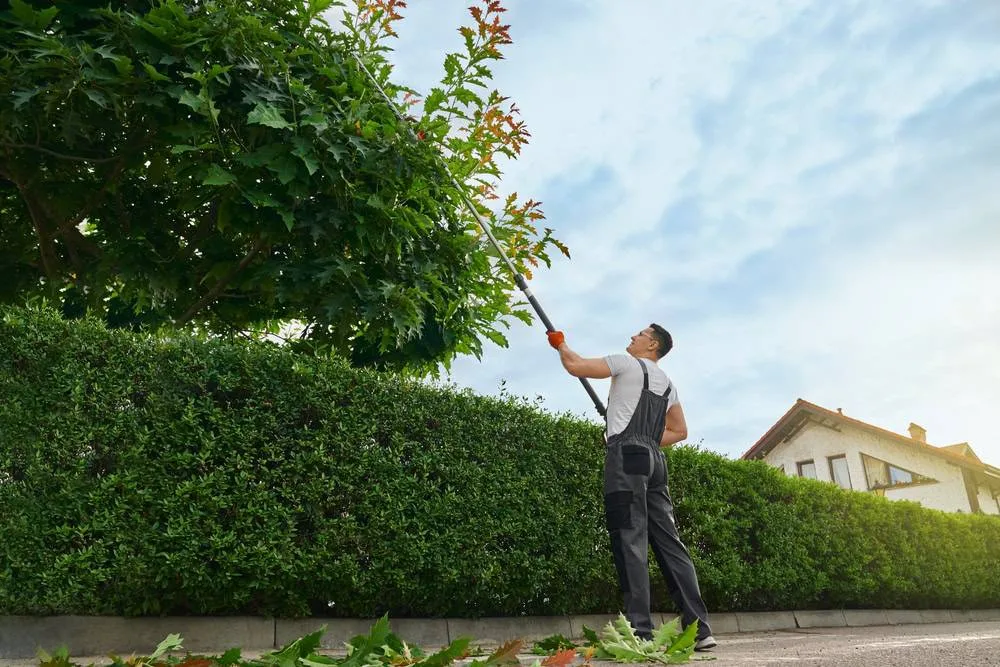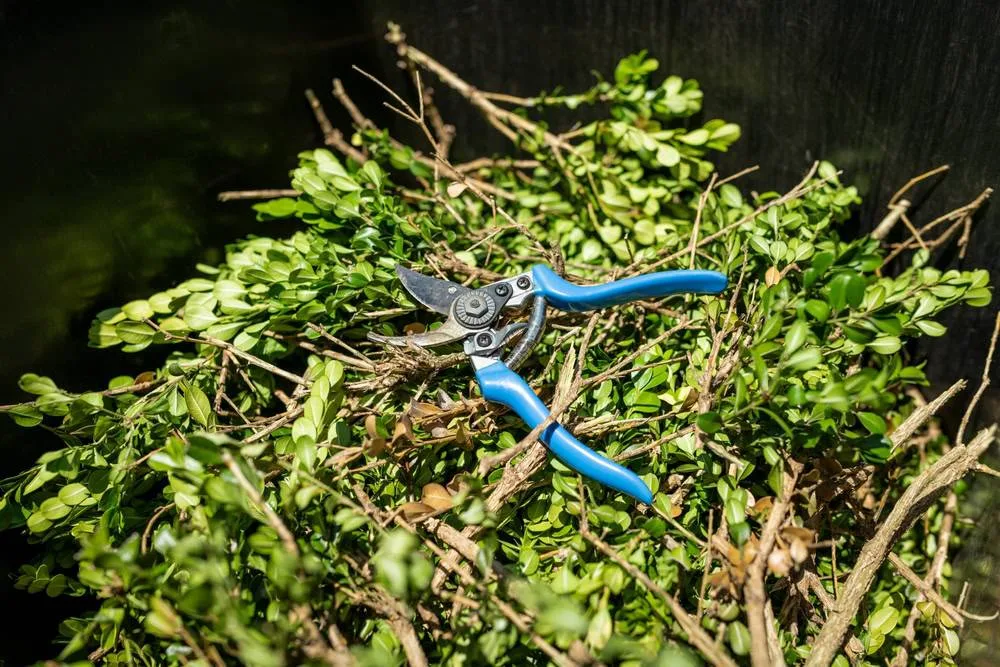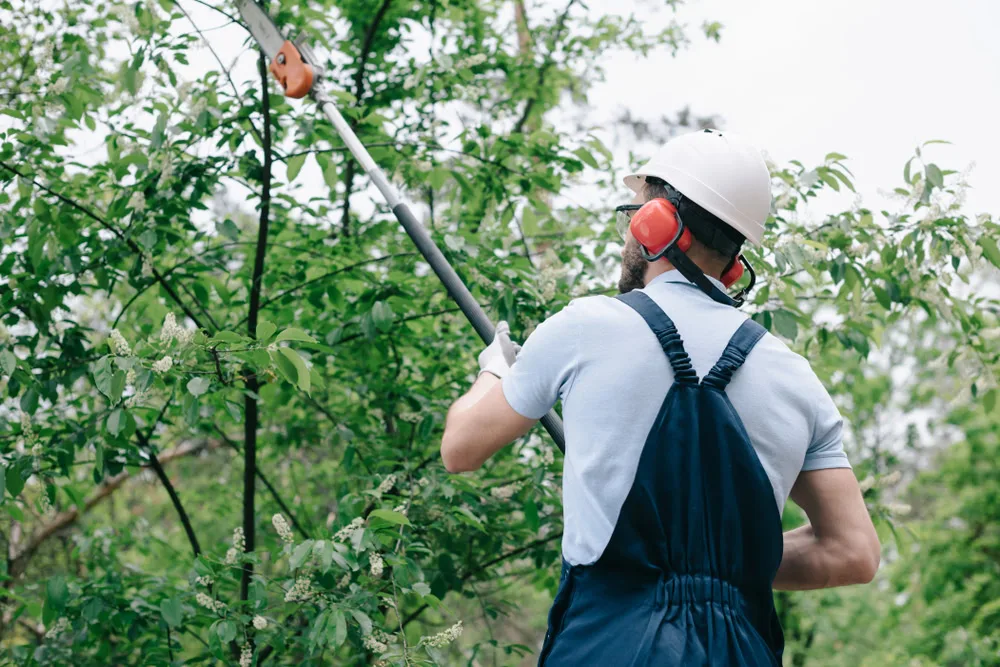Tree Trimming in Northwest Harbor, NY
Keep Your Trees Healthy and Safe
Professional tree trimming that protects your property and enhances your landscape’s natural beauty.

Hear from Our Customers

Professional Tree Care Northwest Harbor
Your trees look better, your property stays safer, and you sleep better knowing those heavy branches aren’t hanging over your roof anymore. That’s what happens when tree trimming is done right.
Proper trimming removes dead wood that could fall during the next storm. It opens up your canopy so healthy growth gets the light and air it needs. And it keeps branches from scraping against your house or tangling in power lines.
You’re not just maintaining trees – you’re protecting one of your biggest investments. Well-trimmed trees add value to your property while eliminating the risks that keep homeowners up at night during storm season.
Northwest Harbor Tree Trimming Experts
We’ve been keeping Northwest Harbor properties safe and beautiful for years. We understand how coastal conditions affect your trees and what species thrive in this area.
Our certified arborists know the difference between a tree that needs light pruning and one that’s becoming a liability. We’ve seen what nor’easters can do to poorly maintained trees, and we’ve helped hundreds of homeowners avoid that kind of damage.
When you call us, you’re getting local expertise backed by proper licensing, insurance, and the kind of equipment that gets the job done safely. No shortcuts, no guesswork.

Tree Trimming Process Northwest Harbor
First, we assess your trees to identify what needs attention. Dead branches, crossing limbs, and growth that’s too close to structures get flagged. We explain what we’re seeing and why certain cuts will help your trees stay healthy.
Then we trim using proper techniques that promote healing and future growth. We’re not just cutting branches – we’re making strategic decisions about where each cut goes and how it affects the tree’s long-term health.
Finally, we clean up completely. Every branch, every twig gets removed from your property. You shouldn’t have to deal with the mess after we’ve solved your tree problems.

Ready to get started?
Complete Tree Maintenance Northwest Harbor
You get a thorough assessment of each tree’s health and structure before we start cutting. Our certified arborists identify problems you might not see from the ground – like diseased wood or structural weaknesses that could cause future failures.
The actual trimming removes dead, damaged, and poorly positioned branches while shaping the tree for better growth. We use proper pruning cuts that heal cleanly and don’t leave your trees vulnerable to insects or disease.
Complete cleanup is part of every job. We haul away all debris, rake up smaller pieces, and leave your property cleaner than we found it. You get the benefits of professional tree care without any of the hassle.
